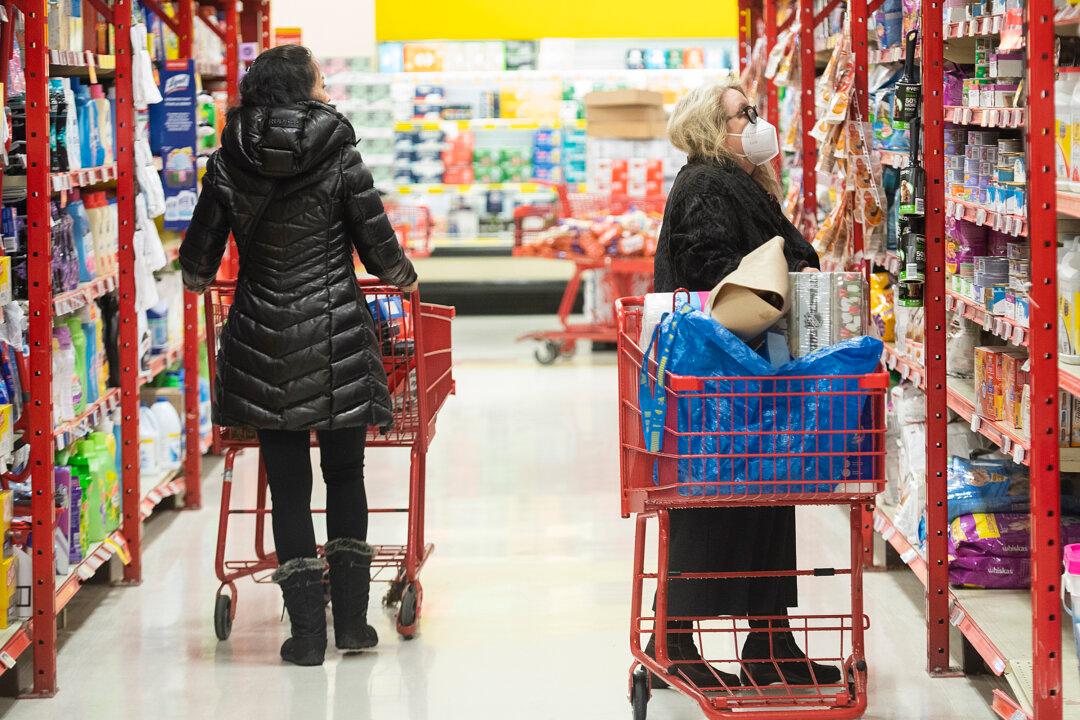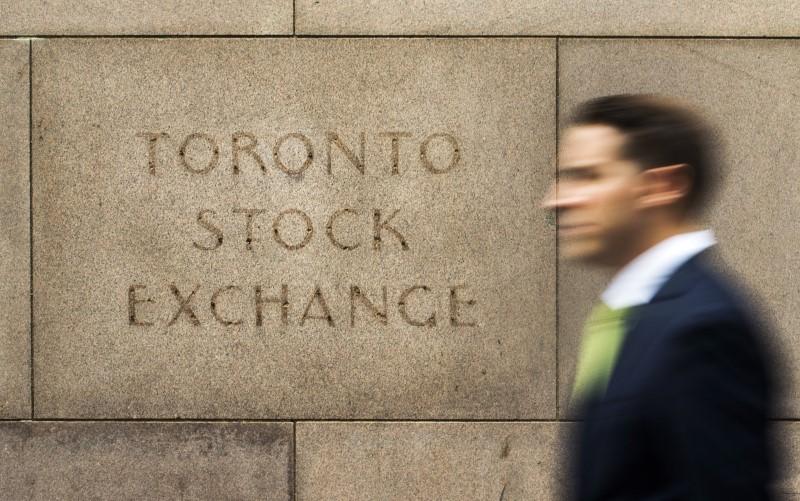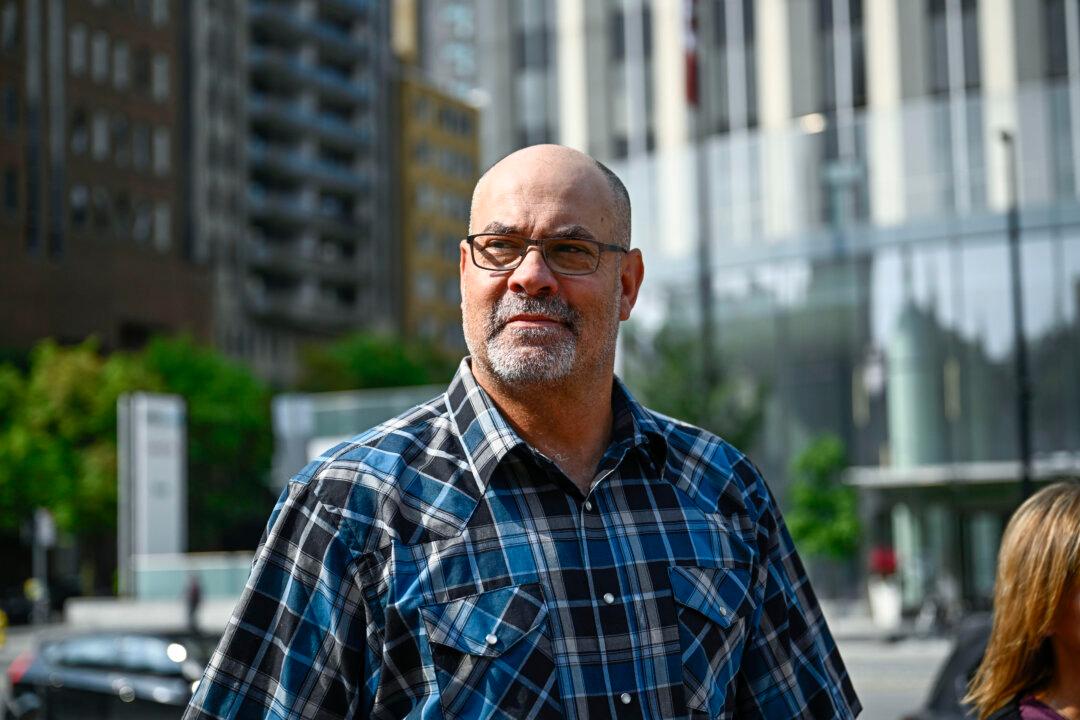With food inflation eating into the wallets of Canadians, the federal government has announced that so-called grocery rebate payments will go out on July 5.
The announcement came following the passage of Bill C-46, the Cost of Living Act, by the Senate on May 11. The Liberal government claims the rebate will deliver “targetted” inflation relief to millions of low and middle-income Canadians that have been hit the hardest by rising food prices.





